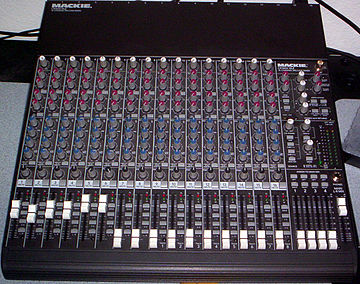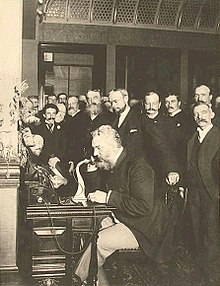What does the word bass mean?

Like treble, bass too describes a range of sound in terms of tone quality as well as musical notes. But they are opposite voices.
Bass defines tones of low frequency, pitch and range from 16-256 Hz. Hence, it forms the lowest part of the harmony in songs. If we increase the bass up in a note, we get a deeper sound. On the other hand, if we volume up a treble, we get a higher sound.
In choral music, bass is provided by adult male bass singers, while in an orchestra, the lines are played by the double bass and cellos, bassoon or contrabassoon, low bass such as the tuba and bass trombone, and the timpani or kettledrums. In popular music, the bass part or the ‘bassline’ provides a rhythmic support to the band.
The main bass instruments used by musicians are keyboard bass and bass drum.









 With the advent of digital sound recordings and the CD, significant improvements were made in the durability of recordings. The CD, particularly, initiated a massive wave of change in the music industry by the mid-1990s.
With the advent of digital sound recordings and the CD, significant improvements were made in the durability of recordings. The CD, particularly, initiated a massive wave of change in the music industry by the mid-1990s.




